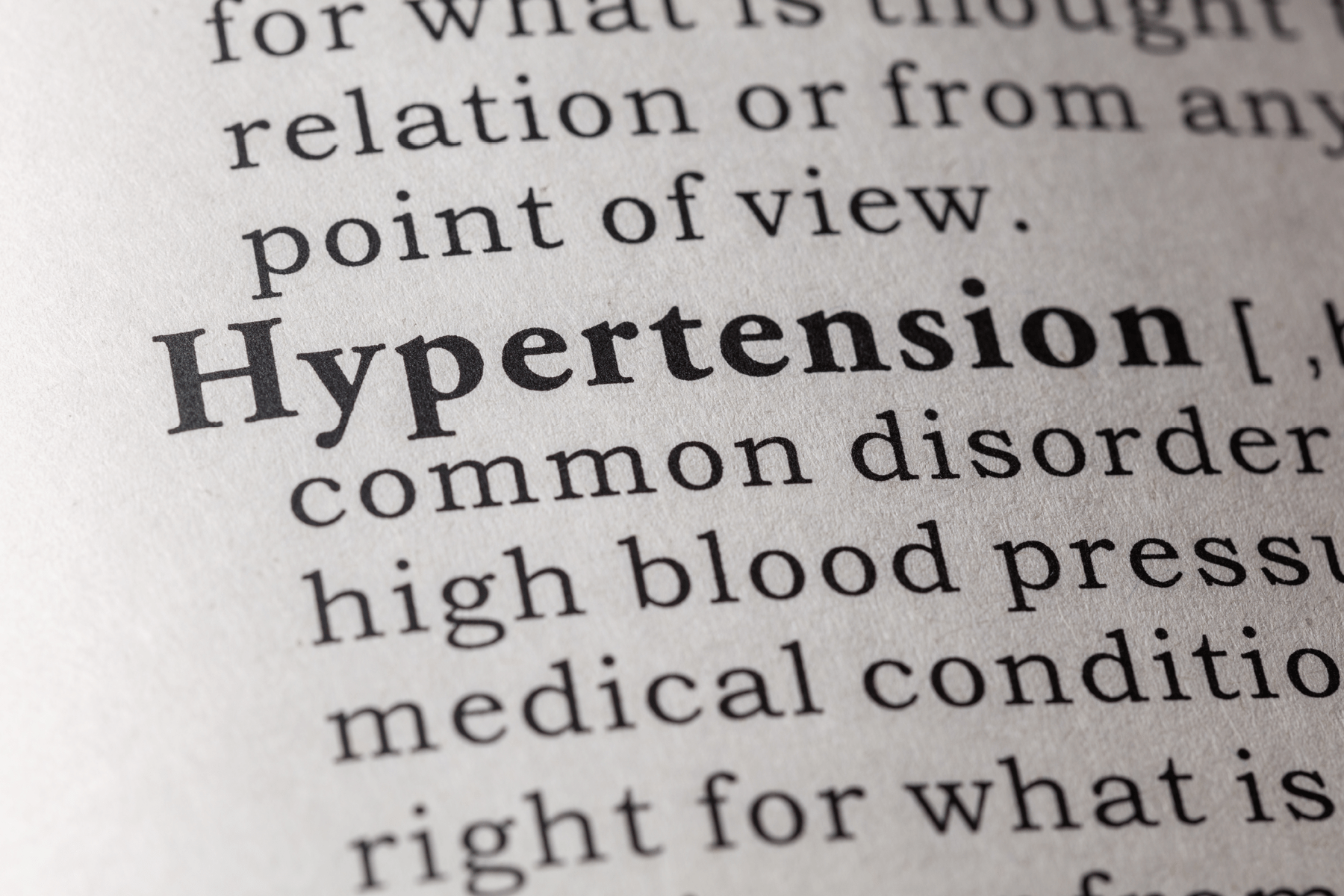
Heart Health Terms to Understand
Prioritizing your heart health is an important part of maintaining your overall well-being, but cardiovascular terminology can be overwhelming. Here are some key cardiology terms for you to know:
Aneurysm: A sac formed by a bulge in the wall of a blood vessel or heart tissue. Aneurysms that grow too large can rupture and cause life-threatening bleeding.
Angina: Discomfort or pressure in the chest caused by reduced blood flow to the heart.
Arrhythmia: An irregular heartbeat that can feel like your heart is fluttering, pounding, or skipping a beat.
Atrial Fibrillation (AFib): A type of arrhythmia where the upper chambers of the heart (atria) beat out of normal rhythm with the heart’s lower chambers (ventricles).
Blood Pressure: The force of blood in the arteries as it circulates. It is measured in systolic and diastolic values.
Bradycardia: A condition in which the heart rate is abnormally slow.
Cardiac Arrest: A life-threatening condition caused when the heart suddenly stops beating. The lack of blood flow to the brain and other organs can cause a person to lose consciousness, become disabled or die if not treated immediately.
Cardiomyopathy: A type of heart disease that weakens the heart muscles and impacts its ability to effectively pump blood.
Cholesterol: A fatty substance found in the cells of the body. There is “good” cholesterol and “bad” cholesterol. “Good” cholesterol (HDL) should ideally be above 60. “Bad” cholesterol (LDL) should be below 100. High levels of bad cholesterol can increase the risk of heart disease.
Coronary Artery Disease (CAD): A condition where the arteries that supply blood to the heart become narrowed or blocked. This reduces blood flow to the heart muscle, which can lead to chest pain, shortness of breath, and other symptoms.
Heart Attack: A life-threatening condition that occurs when blood flow to the heart is blocked. This prevents the heart muscle from getting enough oxygen, which can cause heart tissue to die. Also known as a myocardial infarction.
Heart Failure: A condition when the heart cannot efficiently pump enough blood to meet the body’s needs.
Heart Rate: A normal resting heart rate for a healthy adult is generally 60 to 100 beats per minute.
Hyperlipidemia: High levels of cholesterol in the blood.
Hypertension: A condition where the blood pressure is consistently elevated above 130/80. It is also commonly known as high blood pressure.
Hypotension: Also known as low blood pressure, hypotension is a condition in which the blood pressure falls below normal levels. Normal level may vary between patients.
Ischemia: A condition where not enough blood is being supplied to an organ or tissue resulting in a lack of oxygen and nutrients.
Murmur: An abnormal sound heard when listening to the heart through a stethoscope.
Palpitation: A fluttering, racing or pounding sensation that can be felt in the chest, throat or neck. Palpitations can happen at rest or during activities. Some palpitations may not be harmful, but they can be related to an abnormal heart rhythm that needs medical attention.
Stroke: A stroke occurs when blood flow to the brain is interrupted, causing brain cells to die.
Tachycardia: An above-average heart rate typically exceeding 100 beats per minute for adults.
Triglycerides: A type of cholesterol found in the blood. Healthy adults typically have triglyceride levels below 150 mg/dL.